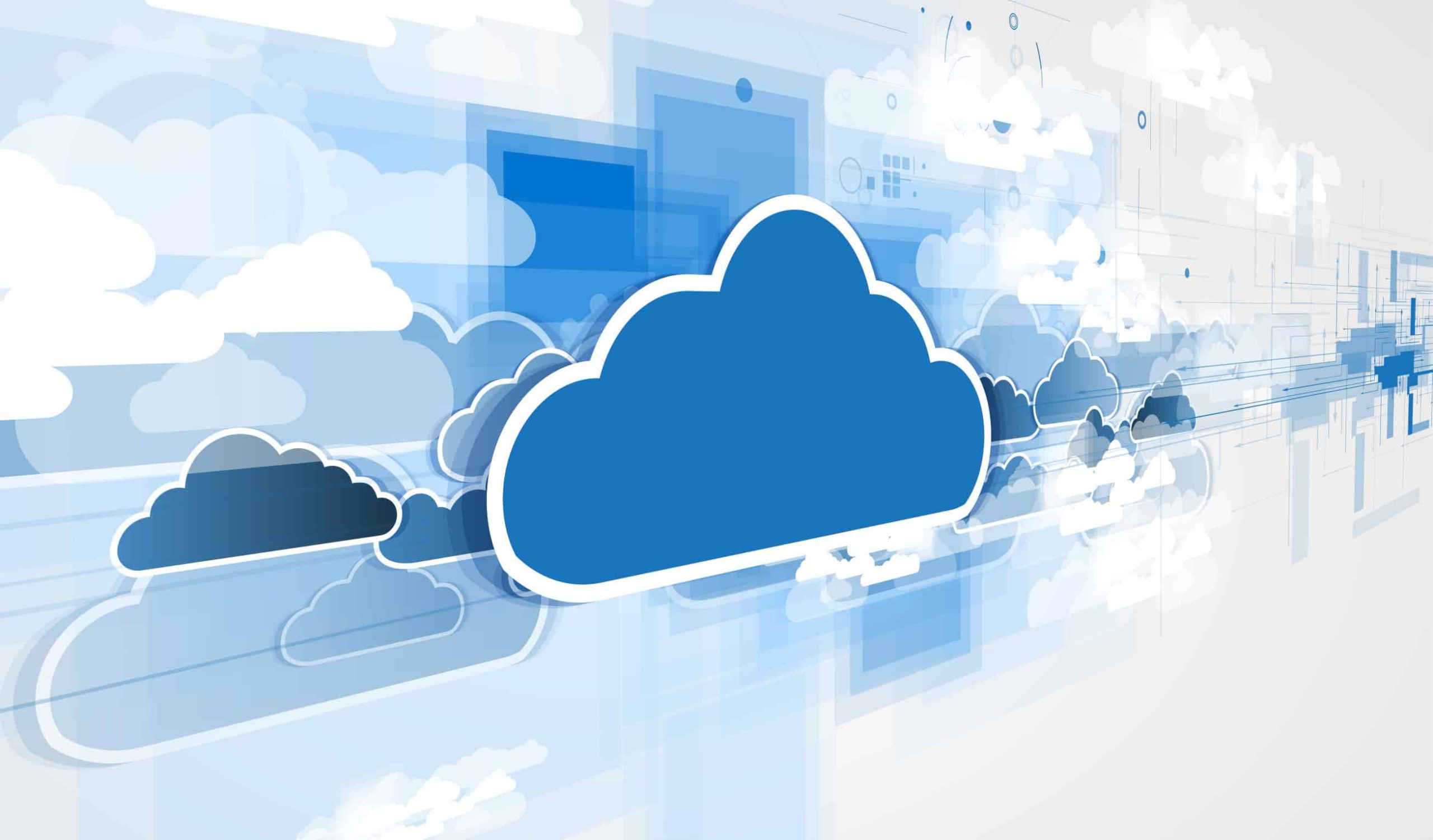
Numerous business owners the world over, across almost the entire spectrum of industries, simply want a reliable, scalable and cost-effective IT solution. Every organization needs secure storage space, where their data and applications are protected, easily accessible, and operational costs are kept as low as possible.
Selecting an IT model is an extremely important decision as it will have far-reaching impacts on your company. When it comes to business computing and the delivery of applications and software, the cloud is the new frontier and its reliability, scalability, and cost-effectiveness are positioning it to overtake traditional in-house systems. However, there are many businesses that still rely heavily on traditional models for security and managerial reasons and they have designed traditional IT infrastructures with their own powerful data centers.
But should they consider migrating at least some of that workload to the cloud? Take a look at the interesting facts we’ve pulled together and get a better understanding of the benefits of such a move.
Traditional IT Infrastructures
With traditional data centers, the server and related hardware are typically housed onsite and employees connect to a network in order to access the organization’s applications and stored data. This IT model has always been considered one of the most secure solutions and it allows the organization to have full control of their data and applications on the on-premise server.
However, in addition to purchasing and installing expensive servers and equipment, with this type of infrastructure the business is responsible for additional budget aspects:
- Purchasing upgrades and additional hardware in order to scale up data storage and services to support additional users.
- Purchasing and maintaining mandatory software upgrades in order to maintain failsafe systems in the event of hardware failure.
- Attracting and retaining the on-premise talent necessary to install and maintain the hardware.
- Purchasing additional software licenses for new employees.
- Overhead costs including increased power consumption.
An IT infrastructure housed completely on-prem can provide you with a customizable, dedicated system that can be a viable solution for those organizations that need to run a variety of applications. However, the restrictions and cost of any sort of scalability, not to mention the initial development, maintenance, and upkeep is something that the organization has to consider.
Head to Head
When you boil it down to the basics, there’s a reason that cloud infrastructure solutions are so popular. As opposed to being accessible via expensive physical hardware, all data and applications are hosted off-premises, in the cloud. This includes all servers, software, and networks, giving you a real-time virtual environment that is actually hosted between multiple servers at the same time.
This means that instead of investing money into purchasing physical in-house servers and being responsible for the additional costs mentioned above, you “rent” the data storage space on a pay-per-use basis. Which is much more cost-effective.
Furthermore, the off-site servers are connected to work as one and all data and applications are evenly distributed across them. Therefore, if a server fails, downtime is avoided and no data is lost. This IT model also provides you with more storage space as well as better server resources, including stronger computing power, powering up your software and applications so they can actually perform better and faster.
Other Key Benefits and Differences
Another key benefit of cloud computing is the overall cost-effectiveness. Your cloud provider will be the one that is responsible for the necessary hardware, ensuring security measures are in place and keeping everything running smoothly. With most cloud providers, you only pay for what is used, sort of like how you pay for utilities such as power.
Other key differences are:
- No time consuming and costly in-house infrastructure administration.
- Scale in near real-time as needed as opposed to having to purchase or rent additional servers if and when you run out of storage space.
- Cloud options are resilient and provide a consistent, superior level of server performance.
- Considerably less susceptible to costly downtime.
- Frees up critical team members to focus on tasks much more beneficial to the success of the company.
- Retaining a team with specific infrastructure skillsets is no longer a necessity.
- The ability to utilize multiple clouds, placing workloads where they are more cost-efficient and perform best.
- Implementation is rather easy and considerably less expensive.
- With a cloud provider that has more purchasing power and stays up-to-date with available solutions, you gain access to the latest and greatest innovations in emerging technology.
- Substantially lower power bills as you’ll no longer be paying for the on-premise data center’s significant electricity consumption.
- With the right partner, cloud management is a cinch and likely more affordable than you think.
Making the Decision
Contact Connectria if you’d like more information on getting your organization’s IT infrastructure migrated to the cloud or just to review your options. Moving to the cloud provides many benefits including a return on investment. However, this IT model is a long-term strategy that has benefits that go much further than just cost.
Already in the cloud and need help managing your platforms or just looking for a new provider? Contact us for a free demo of TRiA, our cloud management platform with a centralized dashboard that gives you everything you need to manage your cloud environments.
Keep Reading
Prepare for the future
Tell us about your current environment and we’ll show you the best path forward.
Fast track your project. Give us a call.






